The two robots, MiniBug and WaterStrider , are 8.5 mm and 22 mm long, respectively, and can move at a speed of about 6 mm per second.
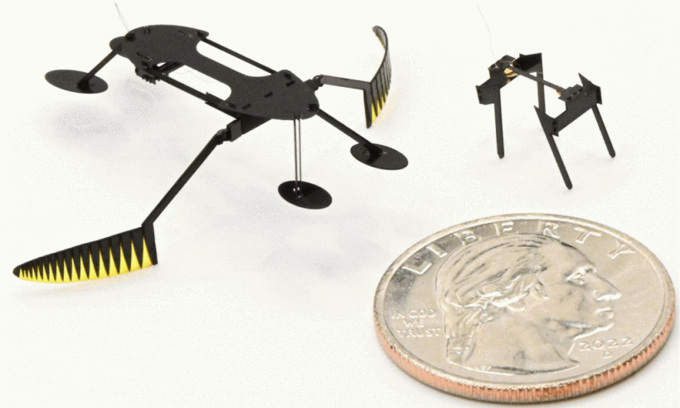
The WaterStrider robot and MiniBug next to a coin. Photo: Bob Hubner/WSU
A team of researchers at Washington State University has developed two insect-like robots called MiniBug and WaterStrider, TechXplore reported on January 18. They are the smallest, lightest, and fastest working robots of their kind. In the future, these microbots could be used for a variety of activities such as artificial pollination, search and rescue, environmental monitoring, micro-manufacturing, or surgery.
MiniBug is 8.5 millimeters long and weighs 8 milligrams, while WaterStrider is 22 millimeters long and weighs 55 milligrams. Both can move at about 6 millimeters per second. While still slower than natural insects, that’s fast compared to similarly sized microrobots, says Conor Trygstad, a PhD student in the School of Mechanical and Materials Engineering and lead author of the study. A 5-milligram ant can move at nearly a meter per second.
The key to these robots is the tiny actuators that help them move. Trygstad used a new fabrication technique to shrink the actuators to less than a milligram, the smallest ever made. “These are the smallest and fastest actuators ever developed for microrobots,” says Néstor O. Pérez-Arancibia, a professor in the School of Mechanical and Materials Engineering at Washington State University.
The actuators use shape-memory alloys, which change shape when heated. The material is called “shape-memory” because it remembers and can then return to its original shape. Unlike conventional motors used to move robots, these alloys do not have any moving or rotating parts.
Shape memory alloys are typically not used for large robot movements because they are too slow. But for the MiniBug and WaterStrider, the actuators are made of two shape memory alloy wires just 0.025 mm in diameter. With a small current, the wires can be heated and cooled easily, allowing the robot to flap its fins or move its legs at speeds up to 40 times per second. In preliminary tests, the actuators were also able to lift objects 150 times their own weight.
Thu Thao (According to TechXplore )
Source link



![[Photo] "Beauties" participate in the parade rehearsal at Bien Hoa airport](https://vstatic.vietnam.vn/vietnam/resource/IMAGE/2025/4/11/155502af3384431e918de0e2e585d13a)


![[Photo] Looking back at the impressive moments of the Vietnamese rescue team in Myanmar](https://vstatic.vietnam.vn/vietnam/resource/IMAGE/2025/4/11/5623ca902a934e19b604c718265249d0)














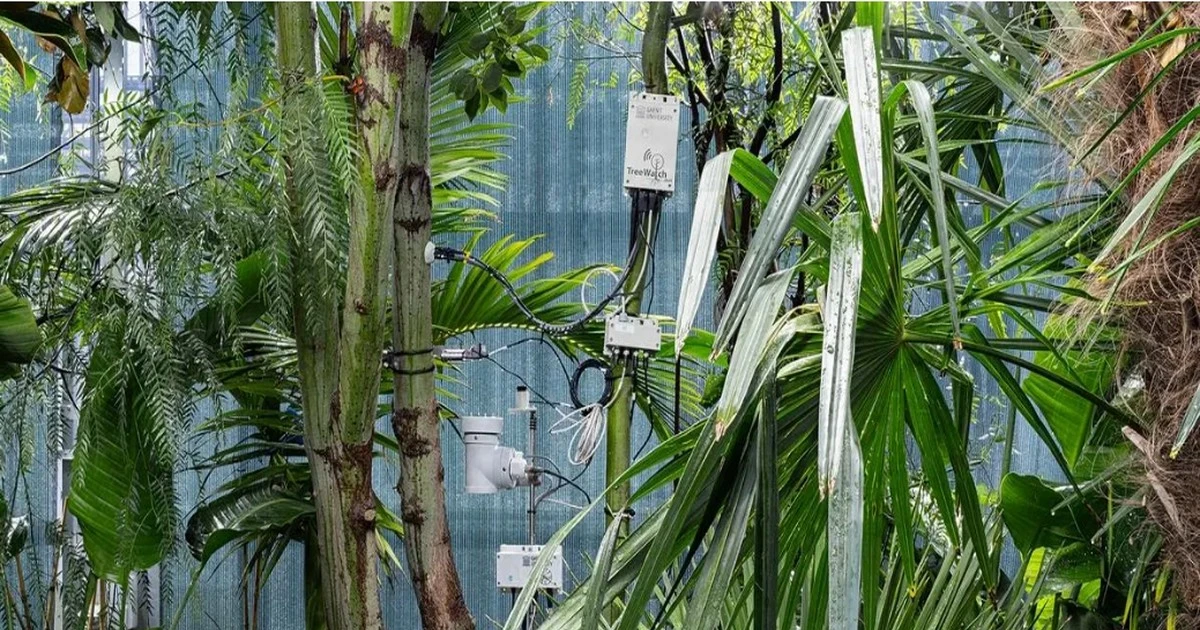

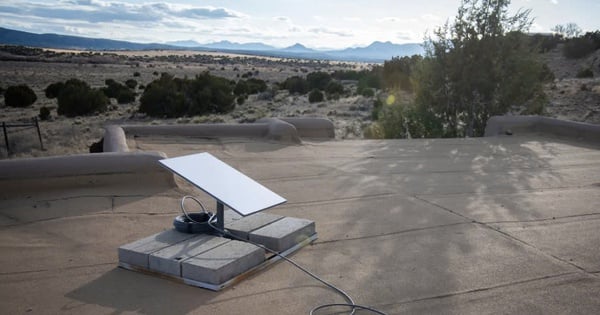











![[Photo] Summary of parade practice in preparation for the April 30th celebration](https://vstatic.vietnam.vn/vietnam/resource/IMAGE/2025/4/11/78cfee0f2cc045b387ff1a4362b5950f)






































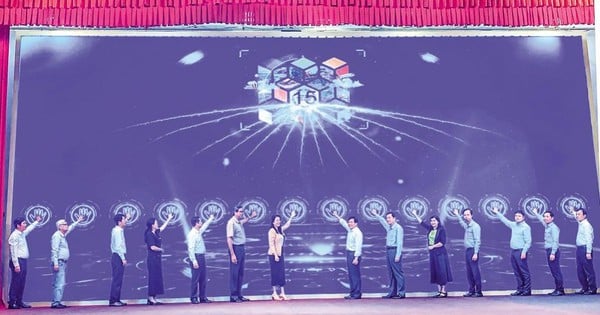

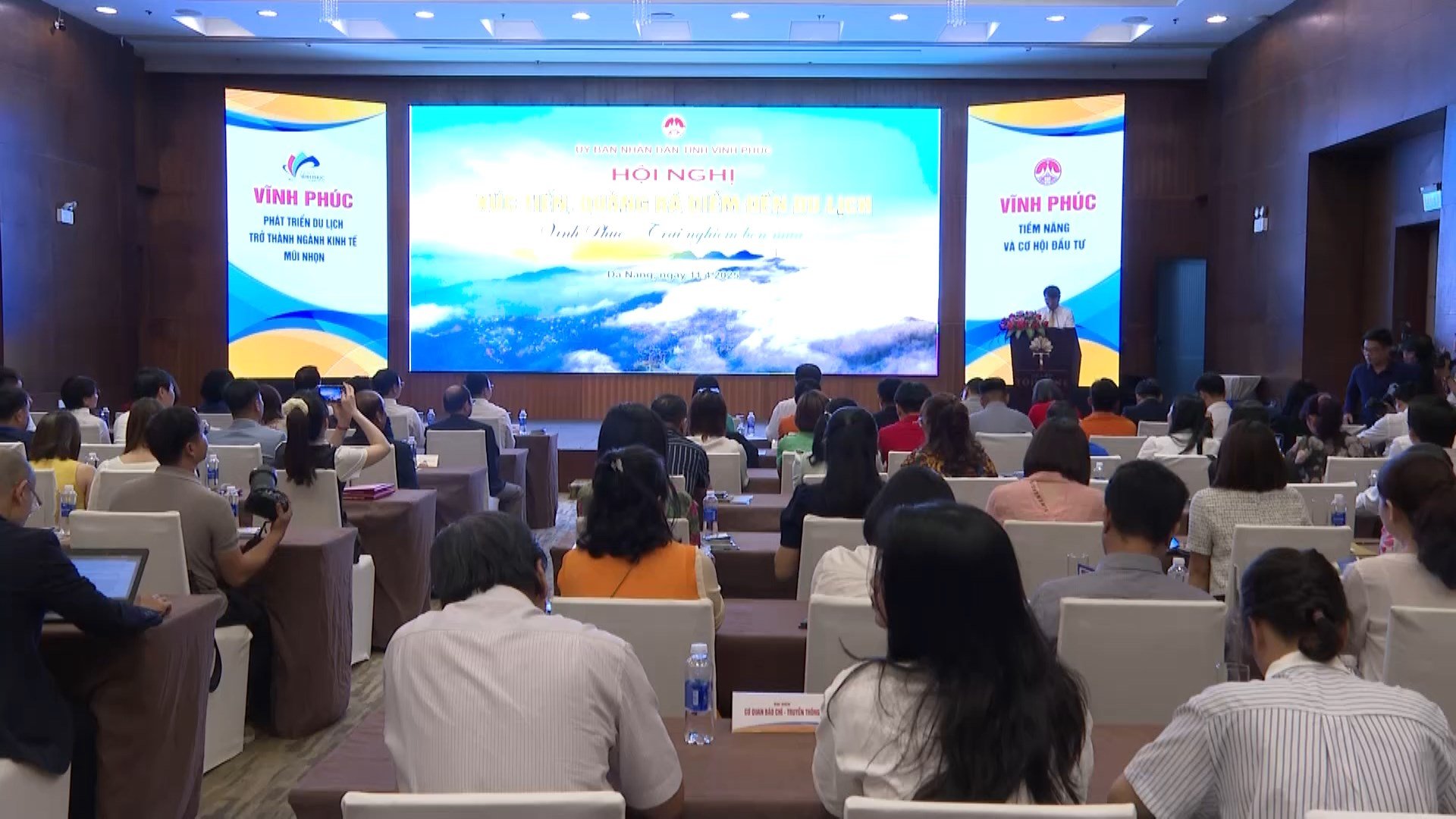






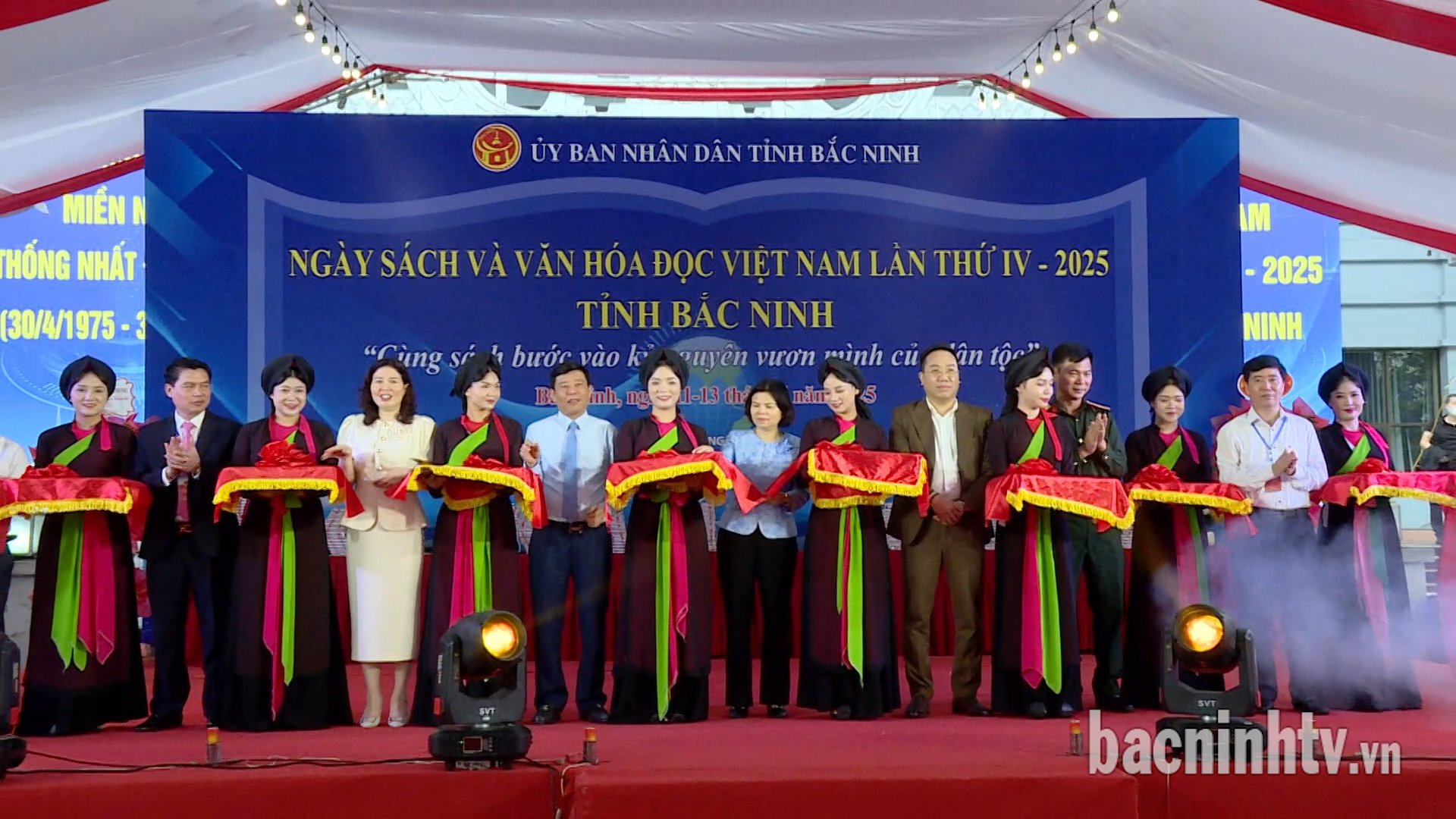











Comment (0)